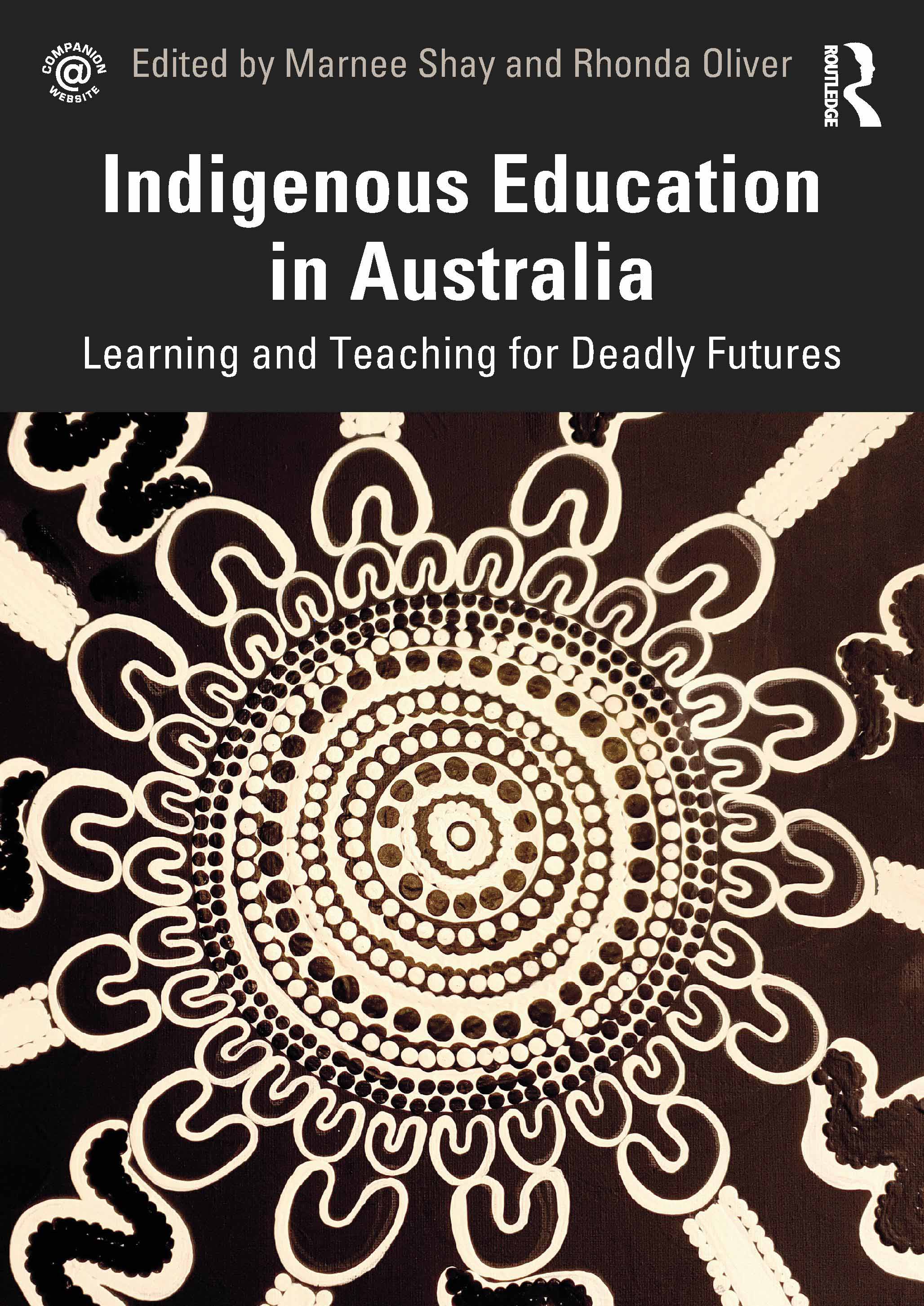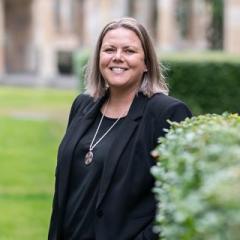
“Indigenous people are the experts of their own lives, so we need to centre Indigenous voices and agency in educational research.”
Dr Marnee Shay is shifting the narrative for closing the gap in Indigenous education by opening up opportunities for decision-makers to hear, see and understand what makes a real difference to the lives of young Indigenous Australians.
It’s about taking the focus off deficits and onto strengths and educational excellence.
Her research into what works for students in flexi schools, and sharing that knowledge with educators and policy makers, is giving disenfranchised Indigenous youth hope for a future that’s meaningful to them.
She’s doing this because she believes now is the time for systemic change, to look at what and who can produce positive outcomes instead of perpetuating the systems that have failed to make a difference.
And because, as an emerging leader in her field, she has chosen which side of history she wants to be on.
Dr Shay is an Aboriginal educator and researcher whose maternal connections are to Wagiman country (Northern Territory) and to Aboriginal communities in south east Queensland where she was born and raised.
Before joining UQ’s Faculty of Humanities and Social Sciences, Dr Shay’s professional background was in youth work and as a secondary classroom teacher across diverse communities.
“I taught in flexi schools – places for young people who have been formally or informally excluded from mainstream schools where they can get their education back on track,” explained Dr Shay.
“A disproportionately high number of Indigenous students attend flexi schools, but what’s more important is that the youth-centred approach and inquiry-led curriculum appear to be keeping them engaged.
“I began to wonder – if all Australian schools are supposed to provide high-quality education to all Australian students, including Indigenous students, could flexi school approaches improve learning and teaching in conventional schools?” Dr Shay said.
What she discovered was that while research on mainstream school engagement/re-engagement of young people was voluminous, very few studies had considered what happens in flexi schools.
Dr Shay’s research is redressing that imbalance. It’s also challenging traditional views on how and where education research is conducted, and what outputs are more meaningful for students and educators.
Dr Shay factors yarning and art based methods into her research projects because they are inclusive ways to express ideas and perspectives and reveal strengths.
The tradition of yarning, for example, builds respectful relationships through the sharing of stories. Captured using contemporary technology, it’s a powerful way for young people to be heard not only by their peers but also by the adults whose decisions are shaping their futures.
Dr Shay is particularly proud of the ‘Wongutha Stories’ podcast series, an outcome from an ARC Linkage project she completed with colleagues at Curtin University.
'Preparing Aboriginal students in remote communities for life beyond school' looked at innovative ways to help young Aboriginal adults transition to the workforce.
“We learned with students at a remote boarding college in Western Australia. Current students yarned with former students about their stories, experiences and education journeys,” said Dr Shay.
“Some of the students developed a design to represent their stories and journeys, and that design is now the school shirt that they’re so proud to wear.”
Dr Shay herself hosted a podcast series this year, emphasising the power of yarning to strengthen learning.
‘Indigenous Education - Deadly Futures’ introduces listeners to the authors of a seminal book which Dr Shay edited with her Curtin University colleague, Professor Rhonda Oliver.
Indigenous Education in Australia - Learning and Teaching for Deadly Futures draws on current research and practice. It’s a resource for both novice and veteran educators that explores how a strengths-based approach can drive positive educational outcomes for Indigenous students. The chapter contributors are a diverse group of Indigenous and non-Indigenous elders, scholars and educators.
 The book recently won the Educational Publishing Awards Australia category of ‘Tertiary/VET Teaching and Learning Resource – Print - (Wholly Australian)’.
The book recently won the Educational Publishing Awards Australia category of ‘Tertiary/VET Teaching and Learning Resource – Print - (Wholly Australian)’.
“Too many resilient, smart and capable young people have been failed by the adults and systems that are supposed to nurture them, because the ways of looking at the problem have been part of the problem,” said Dr Shay.
“Indigenous people are the experts of their own lives, so we need to centre Indigenous voices and agency in educational research.”
Weaving this narrative into the nexus of education planning is another way Dr Shay is strengthening the connections between students’ stories and the decisions made for and about them.
She is the lead investigator and DAATSIA fellowship awardee on an Indigenous Discovery 2021 project called 'Co-designing Indigenous education policy in Queensland'. Dr Shay and colleagues Professor Grace Sarra (QUT) and Professor Jo Lampert (La Trobe) are building an evidence-based framework for how a co-design approach can be conceptualised, enacted and productive in this context.
“It’s a new method for Indigenous policy development that will have wide-reaching implications beyond what is taught and how it’s learned in schools,” said Dr Shay.
“Indigenous education inequality is a critical and systemic social justice issue that impacts not just on students’ learning outcomes but also on their health and their life trajectory.
“My aim is to use my research to advocate to policy makers and governments to enact Indigenous-based evidence, so we can disrupt the cycle of educational failure and focus on a future in Indigenous education that is underpinned by excellence and success.”



